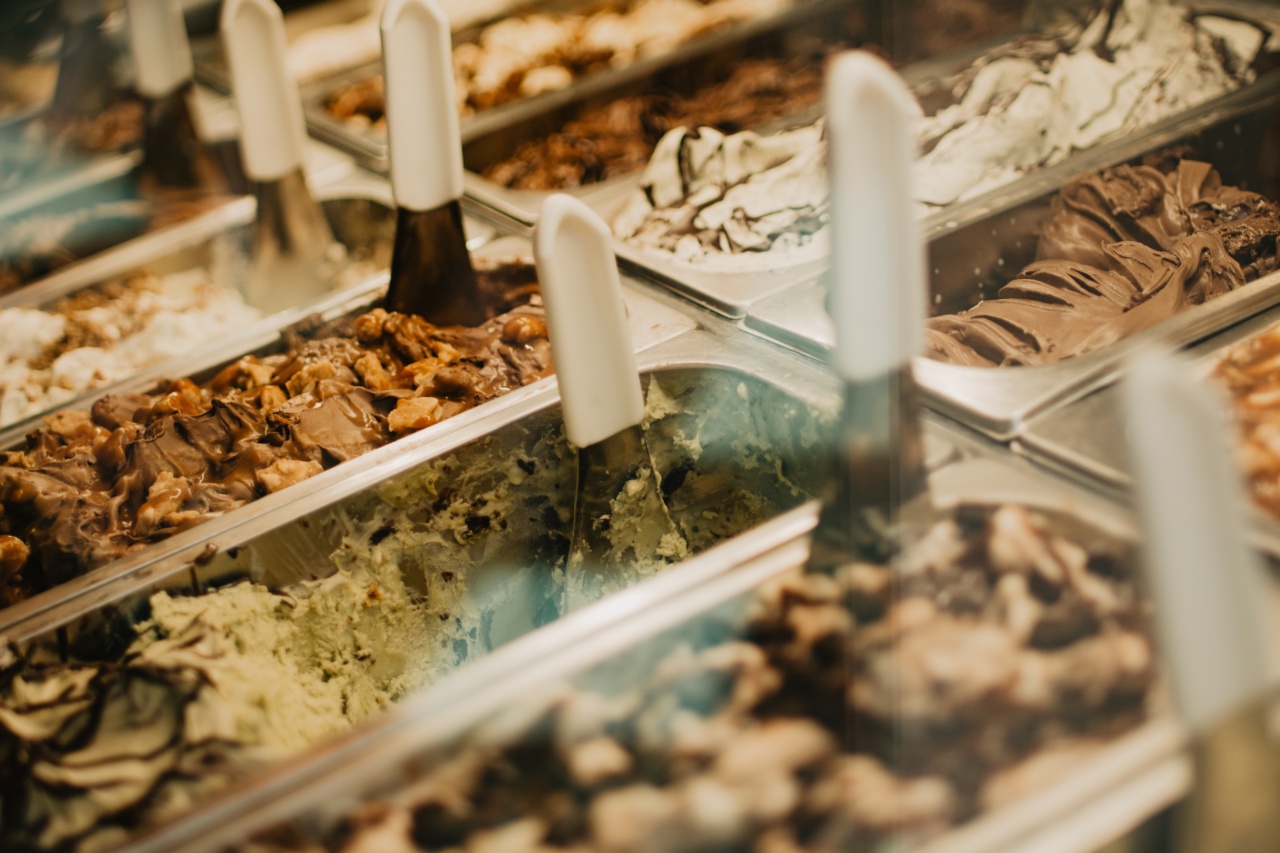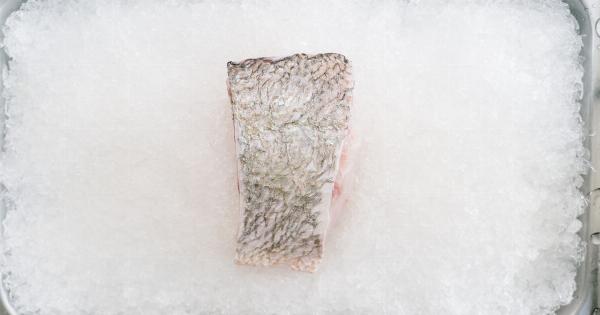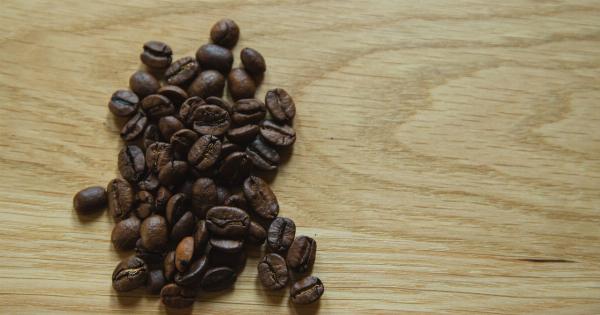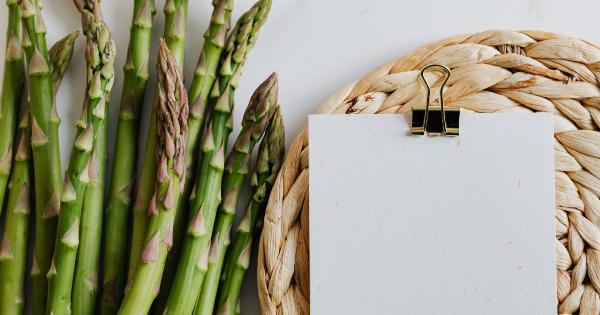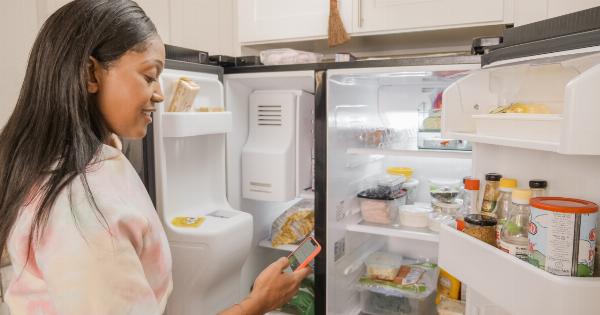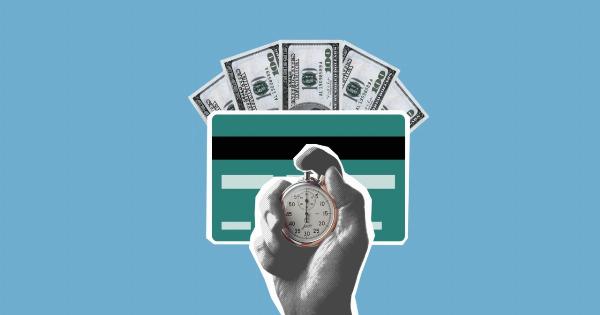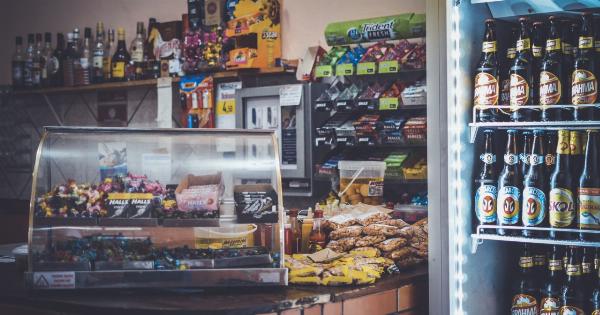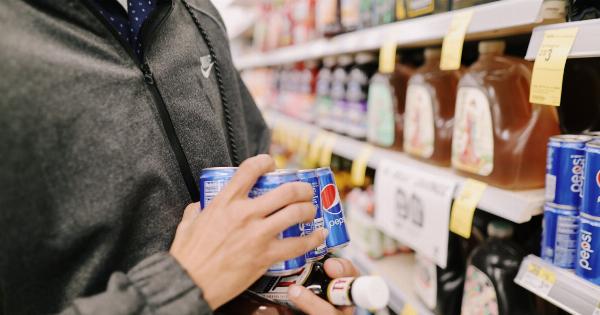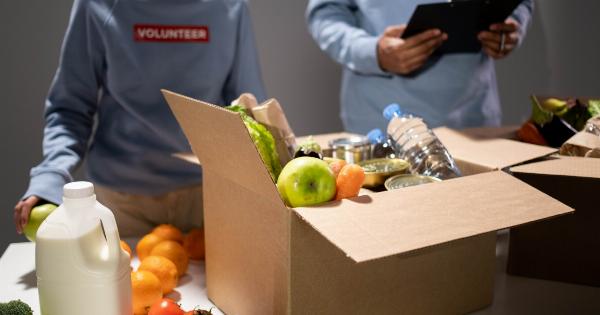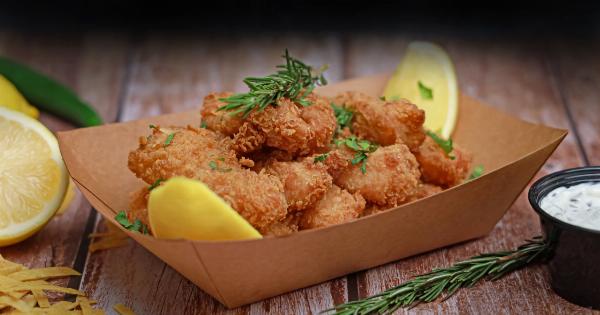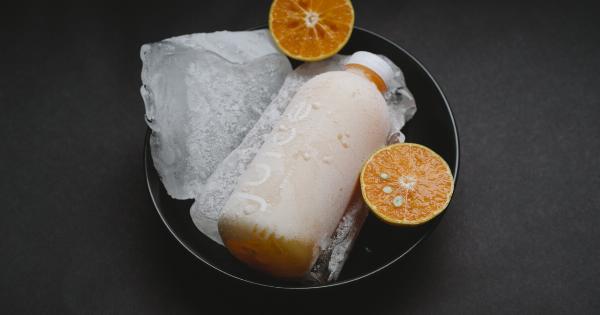Having an efficient freezer is essential for preserving the quality and longevity of your food.
Whether you have a standalone freezer or a freezer compartment in your refrigerator, proper organization and storage techniques can help keep your food fresh for longer periods, minimize waste, and ensure that you always have something delicious on hand. In this article, we will provide you with valuable tips for maximizing freezer efficiency and making the most out of your freezing capabilities.
The Right Freezer Temperature
First and foremost, maintaining the correct temperature in your freezer is crucial for food preservation. The ideal temperature for a freezer is 0°F (-18°C) or below.
At this temperature, the growth of bacteria and other microorganisms is significantly slowed down, ensuring the long-term quality of your food. It’s important to regularly check and monitor the temperature to ensure it stays at the proper level.
Organizing Your Freezer
An organized freezer not only maximizes efficiency but also makes it easier to locate and access your food. Follow these tips to keep your freezer tidy:.
Use Clear Containers or Bags
Opt for clear containers or bags when storing food. This allows you to easily identify the contents without having to open or move items, reducing temperature fluctuations within the freezer.
Label and Date Everything
Labeling and dating your frozen items is essential. Use freezer-safe labels or write directly on the packaging with a permanent marker.
This helps you keep track of what’s in your freezer and ensures you prioritize consuming items in the correct order.
Stack Vertically
Stacking items vertically, with larger or bulkier items at the bottom, helps maximize space and provides easier access to the items you need. This method also prevents smaller items from getting lost at the bottom of the freezer.
Establish Zones
Create zones within your freezer to separate different food categories. For example, designate one area for meats, another for vegetables, and a separate one for frozen meals or desserts.
This way, you will know exactly where to find what you’re looking for and prevent cross-contamination.
Invest in Storage Containers
Investing in high-quality freezer storage containers or bags can help prevent freezer burn and preserve the quality of your food. Freezer burn occurs when food is exposed to air, causing dehydration and unwanted changes in texture and taste.
Properly Packaging Food
Correct packaging is essential for preserving the quality and taste of your frozen food. Here are some guidelines to follow:.
Wrap and Seal Food Properly
Ensure all food items are tightly wrapped to prevent air from coming into contact with the food. This can be done by using airtight containers, heavy-duty aluminum foil, plastic wrap, or freezer-safe bags.
Make sure there are no gaps or openings in the packaging.
Remove Excess Air
When using plastic bags for freezing, try to remove as much excess air as possible before sealing them. This reduces the risk of freezer burn and helps to maintain the food’s texture.
Divide Large Packages
If you have a large package of meat or other perishable items, consider dividing them into smaller portions before freezing.
This allows for easier defrosting and helps you avoid thawing and refreezing the entire package, which can lead to quality degradation.
Arrange Food Properly
Place your frozen food items in a way that allows for efficient airflow within the freezer. This ensures that the temperature remains consistent and prevents the formation of ice crystals.
Optimal Storage Durations
Although freezing extends the shelf life of food, it’s important to be aware of optimal storage durations for different items. While frozen foods can technically remain safe indefinitely, their quality may deteriorate over time.
Here are some general guidelines:.
Meat and Seafood
Raw meat and seafood can be safely stored in the freezer for 3-12 months, depending on the type. Ground meat and poultry should be consumed within 3-4 months, while steaks, roasts, and whole poultry can last for up to a year.
Fruits and Vegetables
Fruits and vegetables can be frozen for 8-12 months while retaining their quality and nutritional value. Blanching vegetables before freezing helps maintain their texture and color for longer periods.
Baked Goods
Freshly baked goods such as bread, muffins, and cookies can be stored in the freezer for 2-3 months. To maintain their texture, wrap them tightly with foil or place them in airtight containers.
Dairy Products
Dairy products like cheese, butter, and yogurt can all be frozen, but some may undergo texture changes. It’s best to consume them within 1-6 months, depending on the product.
Freezing Leftovers
Freezing leftovers is an excellent way to minimize waste and have convenient meals available for later use. To freeze leftovers successfully:.
Allow Food to Cool
Prior to freezing, allow your leftovers to cool at room temperature. Placing hot food directly in the freezer can increase the internal temperature and negatively affect other frozen items.
Portion Control
If you have a large amount of leftover food, divide it into smaller portions before freezing. This allows for easier defrosting and prevents the need to thaw a large quantity when only a small portion is required.
Wrap and Label
Properly wrap your leftovers in freezer-safe packaging, ensuring there are no air gaps. Label the packaging with the contents and date to ensure you consume them within a reasonable time frame.
Defrosting Techniques
When it comes to defrosting food, there are multiple safe methods to choose from:.
Refrigerator Thawing
This is the safest and preferred method for defrosting most food items. Simply transfer the frozen item to the refrigerator and allow it to thaw slowly over time. This method maintains food quality while minimizing the risk of bacterial growth.
Cold Water Thawing
If time is of the essence, submerge the well-sealed frozen food in cold water. Change the water every 30 minutes and ensure it stays below 40°F (4°C). This method requires constant monitoring to prevent the water from becoming too warm.
Microwave Thawing
When using a microwave to defrost, it’s crucial to cook the food immediately afterward as some parts may start to cook during the thawing process.
Follow the microwave manufacturer’s instructions for defrosting times based on the weight and type of food.
Cooking from Frozen
Certain foods, such as frozen vegetables or pre-made meals, can be cooked directly from their frozen state. Follow the instructions on the packaging or recipe to determine the appropriate cooking times and methods.
